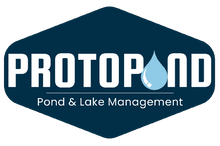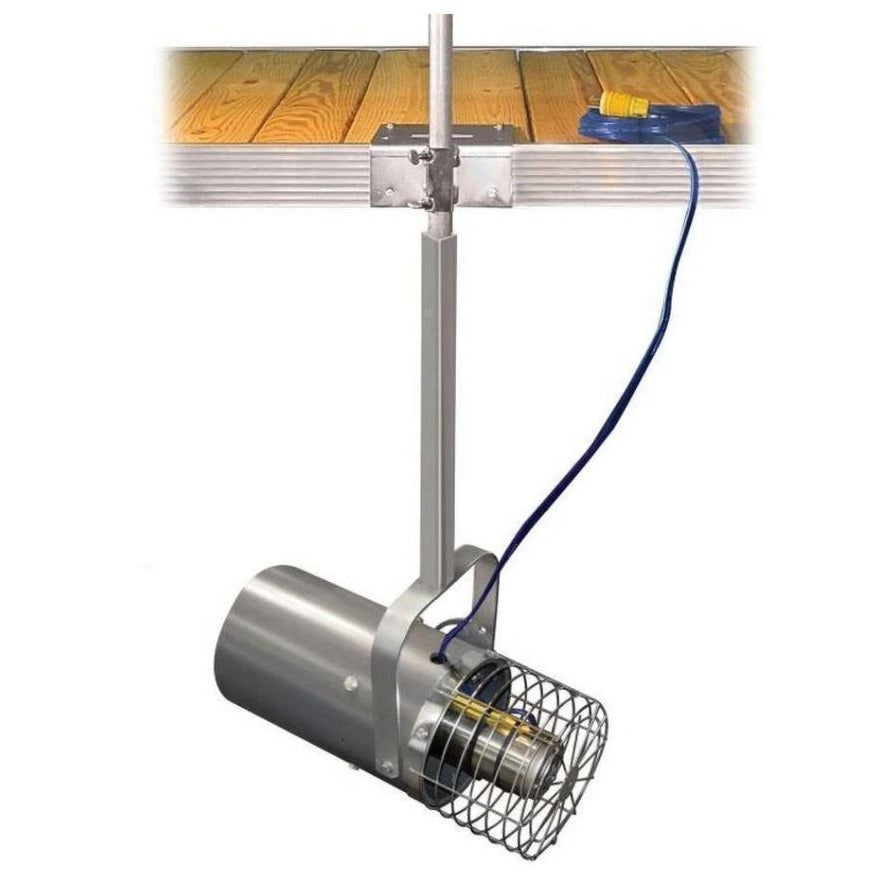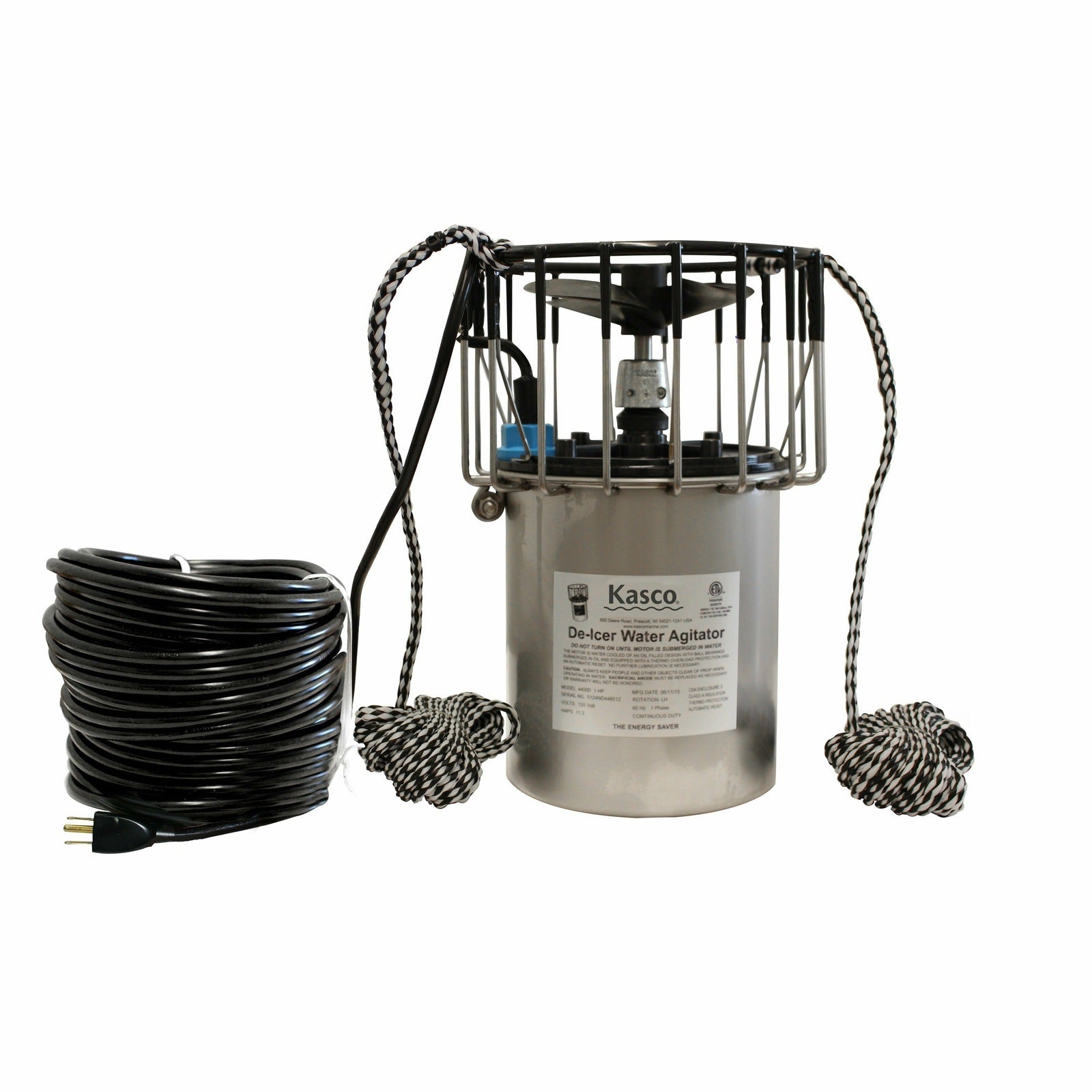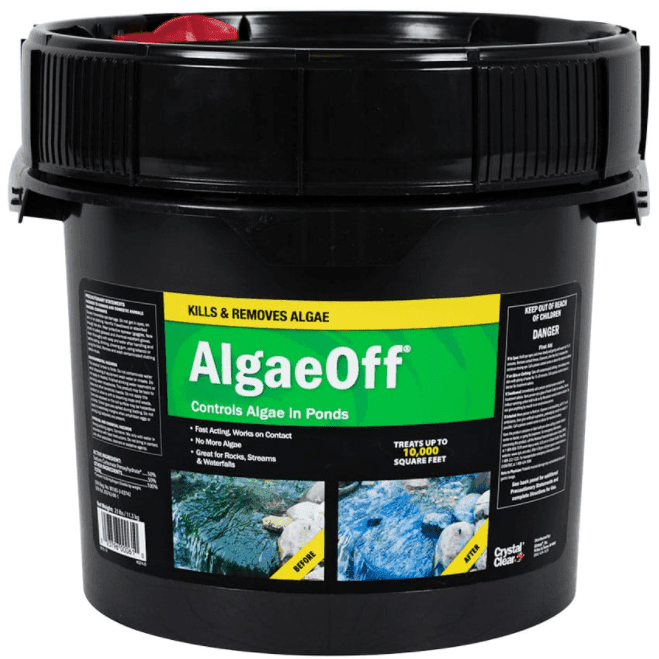If your pond looks more green than clear, you are not alone. Algae can take over quickly, turning a calm pond into a murky mess. But if you love your fish, you cannot just dump chemicals into the water and hope for the best. The key is finding natural and safe ways to remove algae without harming the pond’s ecosystem.
In this guide, you will learn practical and fish-friendly methods to get rid of pond algae and keep the water healthy for good.
Understanding Pond Algae
Before you start removing algae, it helps to know what you are dealing with. Algae are small, plant-like organisms that grow fast in ponds with sunlight, warm water, and excess nutrients.
The most common types include:
- Green water algae (planktonic algae): These tiny cells float in the water and make it look like pea soup.
- String algae (filamentous algae): Long, hair-like strands that cling to rocks, pumps, and plants.
- Blue-green algae: Actually bacteria (cyanobacteria) that can be toxic to fish and pets.
A little algae is normal and even beneficial. It provides oxygen during the day and food for microorganisms. The problem starts when algae grow faster than your pond can handle.
Why Algae Grow So Fast
Algae thrive when your pond has:
- Too much sunlight hitting the water surface
- Excess nutrients from fish waste, uneaten food, or fertilizer runoff
- Warm, stagnant water
- Poor filtration or low oxygen levels
If these conditions remain, algae will keep coming back no matter what treatment you use. That is why a long-term solution focuses on balance, not just removal.
Safe and Natural Ways to Remove Pond Algae
Here are proven ways to clear algae without harming your fish or pond life.
1. Reduce Sunlight Exposure
Algae love sunlight. Adding floating plants like water lilies or lotus can block up to 70% of sunlight from reaching the pond’s surface. This natural shade limits algae growth while keeping your pond looking beautiful.
2. Control Nutrient Levels
Excess nutrients are like fertilizer for algae. Feed your fish only what they can eat in a few minutes, and avoid overstocking your pond. Clean out decaying leaves and debris regularly. You can also add beneficial bacteria that break down organic waste before algae can use it.
3. Add More Oxygen
Algae thrive in still, low-oxygen water. Aerating your pond with a fountain, waterfall, or aerator keeps water moving and increases oxygen levels. Healthy oxygen levels help fish breathe better and make it harder for algae to grow.
4. Use Barley Straw or Barley Extract
Barley straw is a classic, fish-safe remedy. When it breaks down in water, it releases natural compounds that slow down algae growth. Barley extract works faster and is easier to apply for small or large ponds.
5. Grow More Aquatic Plants
Adding submerged plants such as hornwort, anacharis, or waterweed helps balance the pond naturally. These plants absorb the same nutrients that algae use, starving them out over time.
6. Install a Proper Filtration System
A strong filtration system keeps water clean and clear. Biological filters support beneficial bacteria that break down waste, while mechanical filters remove debris before it feeds algae. Check and clean your filters often for best results.
7. Manually Remove Algae
For small ponds, use a pond net or algae brush to remove visible clumps. This quick cleanup prevents algae from spreading and decomposing in the water.
8. Maintain a Regular Cleaning Schedule
Even a clean pond needs attention. Remove fallen leaves, dead plants, and sludge from the bottom. A pond vacuum or net works well for this task. Consistent care helps prevent algae from building up again.
What to Avoid
While it may be tempting, avoid chemical algaecides unless absolutely necessary. Many contain copper or other substances that can harm fish and plants. Even small amounts can upset the pond’s ecosystem, leading to oxygen depletion and fish stress.
Also, avoid draining your entire pond just to remove algae. This can shock fish and destroy beneficial bacteria that help maintain water balance.
How to Prevent Algae from Coming Back
Once you have cleared your pond, keep it that way with preventive care.
- Keep your pond shaded at least half the day.
- Test water quality every few weeks to ensure healthy pH and nutrient levels.
- Trim plants and clean filters regularly.
- Add a small amount of beneficial bacteria every month during warm seasons.
By maintaining these habits, you will prevent future algae blooms and keep your fish healthy all year long.
Final Thoughts
Getting rid of pond algae without killing fish is not about quick fixes. It is about restoring balance to your pond’s ecosystem. Natural solutions like plants, filtration, and aeration work best when combined with regular maintenance.
With patience and the right care, your pond water can stay clear, clean, and full of life. Your fish will thrive, your plants will flourish, and your pond will once again be a beautiful, healthy centerpiece of your outdoor space.












